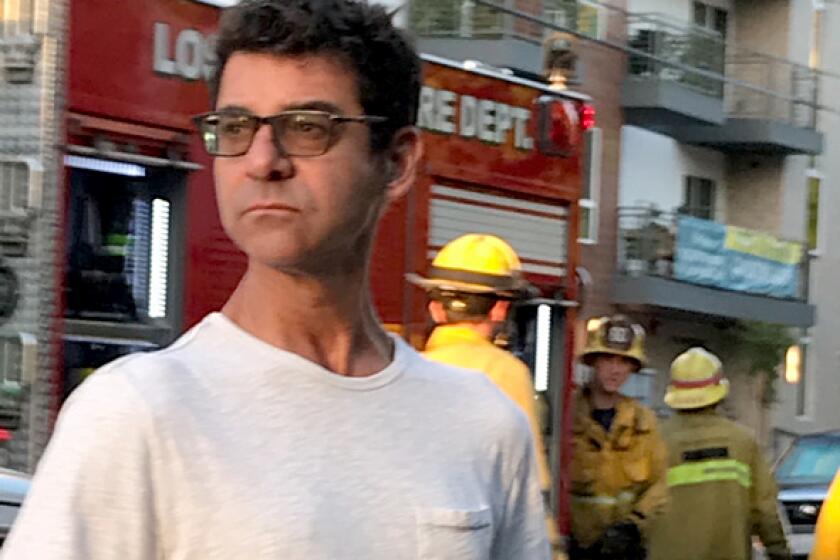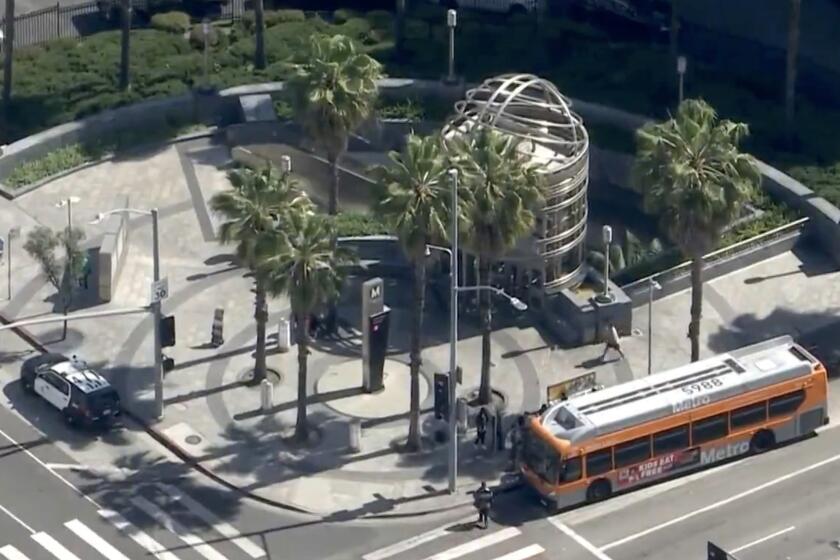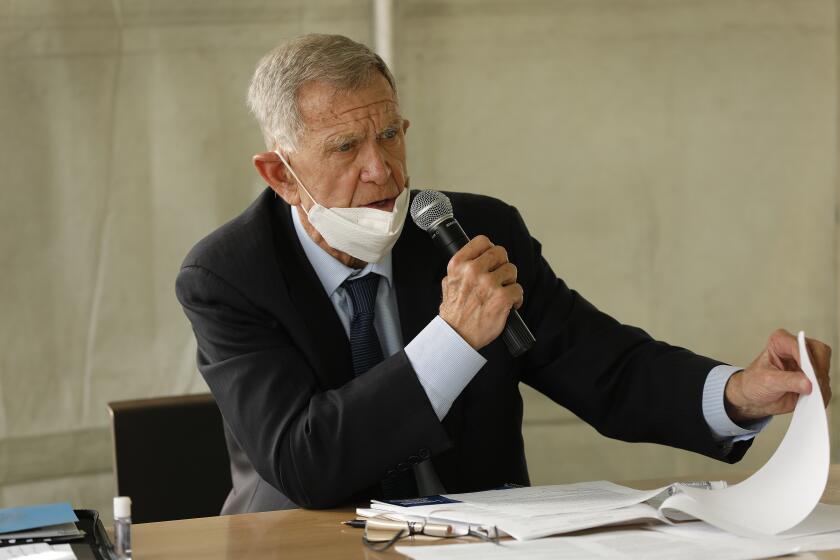A Development Politics Icon
Last week marked the end of an era--and perhaps the beginning of a new one. The Los Angeles City Council gave final approval to plans to renovate the Sherman Oaks Galleria, once the chief icon in the San Fernando Valley’s culture of consumption. The mall of late seems more like a tomb than the bustling center it was during the 1980s. Plans approved Tuesday call for most of the mall’s retail space to be replaced by movie theaters, restaurants and office space.
Rarely does a shopping mall’s face-lift merit comment, but the way in which this project won support of critical neighbors provides a lesson on how development politics should play out. When residents and developers work together, the product benefits both and avoids the sort of protracted fights that characterized the go-go days of the 1970s and 1980s.
Nearby residents initially were dismayed by plans to turn the failing mall into an entertainment complex like Universal CityWalk. They were understandably afraid of the traffic and noise and crime that such a project might bring. The plans approved last week present a far more modest vision. Most of the space will be renovated to accommodate offices. Warner Bros. will occupy some of the new offices. The rest of the renovation builds new movie theaters and restaurants designed not to compete with regional attractions like CityWalk, but to provide neighborhood entertainment for residents in Sherman Oaks, Encino and Van Nuys.
Understanding that traffic remained a concern of neighbors, the mall’s owner--Douglas, Emmet & Co.--devoted time and money to creating a plan that would keep cars off nearby residential streets. For instance, the mall’s eastern border along Sepulveda Boulevard will be redesigned to make it easier for cars to enter the parking garage. Traffic lights will be added along Ventura Boulevard to route cars into the garage before they hit the busy intersection at Ventura and Sepulveda.
In addition, the developer plans to set aside $100,000 to finance improvements that protect neighborhoods from traffic. Among the ideas so far: restricting turns into neighborhoods, installing stop signs and building speed humps to slow traffic. Together, the efforts should balance the financial needs of the mall’s owners with the lifestyle needs of the residents. Noting the developer’s initiative, the Sherman Oaks Homeowner’s Assn. gave its nod to the project but vowed to watch for problems.
As well it should. Not even the most progressive approaches work unless they are monitored. Residents, police and city officials need to keep tabs on the mall’s transformation and ensure that promises made in search of a permit hold up.
More to Read
Start your day right
Sign up for Essential California for news, features and recommendations from the L.A. Times and beyond in your inbox six days a week.
You may occasionally receive promotional content from the Los Angeles Times.






